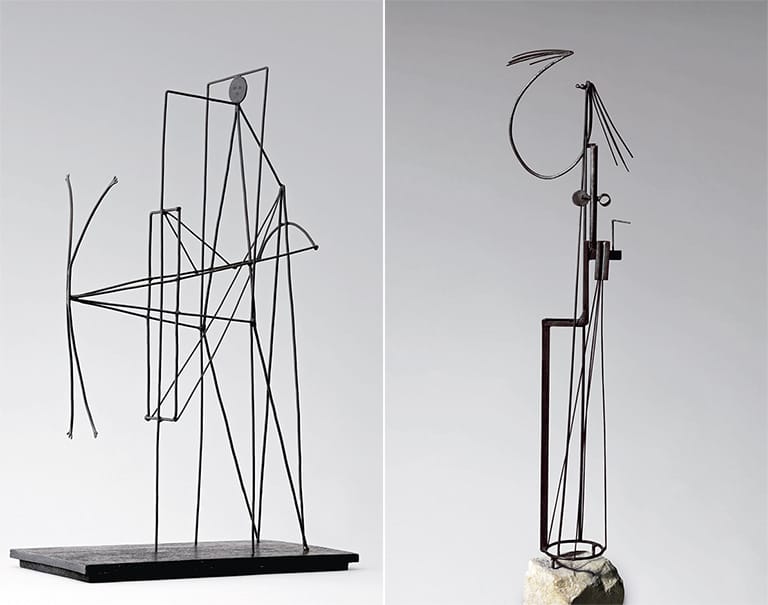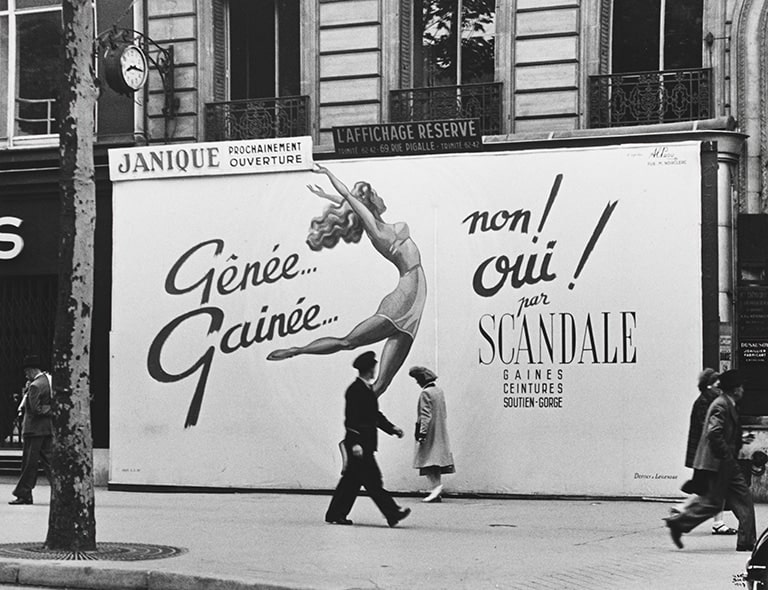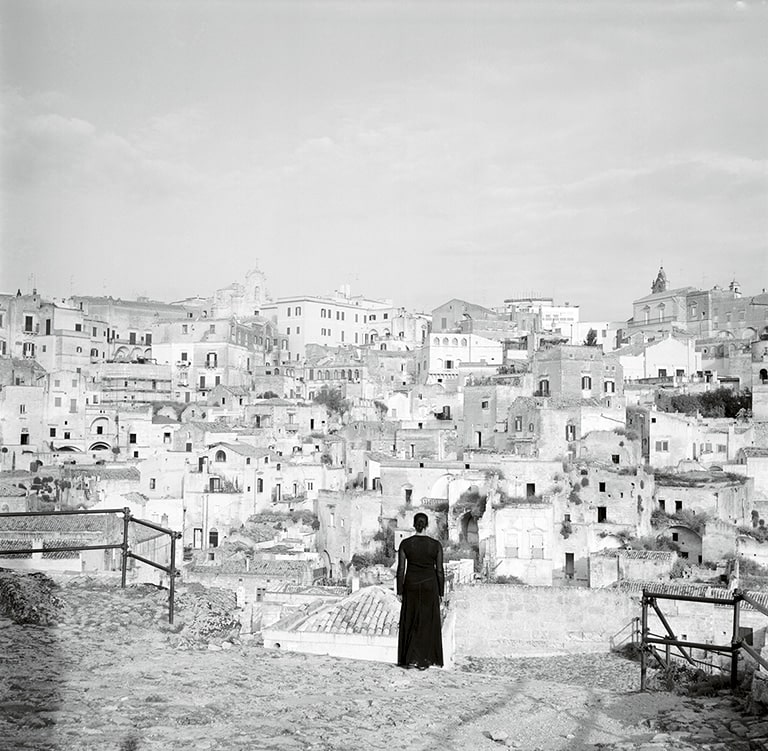Untitled

Julio González
Untitled, 1940
© Julio González, VEGAP. Madrid, 2021
© Fundación MAPFRE COLLECTIONS
1940, year 1930 – 1940
Entry date: 1998
Origin: Private collection, New York / Martha Schaeffer Fine Art, New York
Technique
Indian ink and watercolor on paper
Dimensions
Printed area: 45.3 × 30 cm (17 13/16 × 11 13/16 in.)
Frame size: 72 x 57 x 4 cm
Inventory
FM000287
Description
Julio González is internationally famed today, primarily as a pioneer of sculpture in iron and as the creator of a new concept of sculpture based on construction – assemblage – from the time he collaborated with Picasso (1928-1932). In reference to this new form of sculpture that the two of them developed, he coined the famous phrase ‘drawing in space’. González’s dedication to drawing was always paramount in his work, the result of his early years when he concentrated on drawing and painting.
When Julio González made this drawing, he was going through a time of great spiritual uncertainty and considerable material hardship. The Spanish Civil War had ended with the defeat of the Republicans, and the Second World War had forced him to leave Paris and settle in the Lot Valley. The lack of materials for sculpting meant that González had to work mainly on drawing and modelling in plaster. Slightly earlier, between 1939 and 1940, he had created his Monsieur Cactus and Madame Cactus in wrought iron, which had been widely identified as aggressive, desperate “monuments to the resistance against Fascism and the war, […] far from the militant optimism of La Montserrat of 1936-1937” (Solana, 2000, p. 234). The drawing under review here should be sited precisely in the context of these three sculptures, whose spirit and forms it shares to a large extent: the sickle with which the peasant woman Montserrat is armed, the protruding phallic forms of Monsieur Cactus, and the arabesque of curves and counter-curves of Madame Cactus, the powerful sense of mass in contrast to the voids… However, this drawing presents a certain ambiguity with regard to its meaning, distancing itself from the pieces mentioned above to move somewhat closer to other drawings by González from the same period, collected in the volume entitled Projets pour sculptures et personnages: catalogue raisonné of his drawings by J. Gibert in 1975. Moving away from any tension, this drawing take on a strangely humorous tone, close to surrealism. It is the same tone that we can perceive in Femme étrange, Personnage aux petits points, Personnage aux pointilles and Personnage floral, drawings he made between January and February 1939 which are very similar to this drawing in terms of shapes, proportions and composition, based on which we can trace a clear creative evolution that ends up in the forms of Madame Cactus.
[María Dolores Jiménez-Blanco]
AGUILERA CERNI, Vicente, Julio González. Madrid, Dirección General de Bellas Artes, 1971.
DOÑATE, Mercè (comisaria), Julio González, retrospectiva, cat. exp. Barcelona, Madrid, Museu Nacional d’Art de Catalunya, Museo Nacional Centro de Arte Reina Sofía, 2008.
DORIVAL, Bernard, Julio González: dessins. París, Carmen Martínez, 1975.
GIRAUDY, Danièle, y CURTIS, Penelope, Julio González: sculptures et dessins 1906-1942, cat. exp. Antibes, Musée Picasso, 1990.
JIMÉNEZ-BLANCO, María Dolores, Julio González. Madrid, Fundación MAPFRE, 2007.
Julio González (dibujos), cat. exp. Madrid, Museo Nacional Centro de Arte Reina Sofía, 1995.
LÉAL, Brigitte (comisaria), Julio González, cat. exp. Paris, Centre Pompidou, 2007.
LLORÉNS, Tomàs, Julio González: catálogo general razonado de las pinturas, esculturas y dibujos. Valencia, Madrid, IVAM, Fundación Azcona, 2007.
LLORÉNS, Tomàs (comisario), Julio González, las colecciones del IVAM, cat. exp. Valencia, IVAM, 1986.
MARTÍNEZ NOVILLO, Álvaro, Julio González: dibujos, cat. exp. Madrid, Ministerio de Cultura, Dirección General de Bellas Artes, Archivos y Bibliotecas, 1982.
ROWELL, Margit, Julio González: a retrospective, cat. exp. Nueva York, The Solomon R. Guggenheim Museum, 1983.
SOLANA, Guillermo, Julio González en la colección del IVAM, cat. exp. Valencia, IVAM, Aldeasa, 2001.




